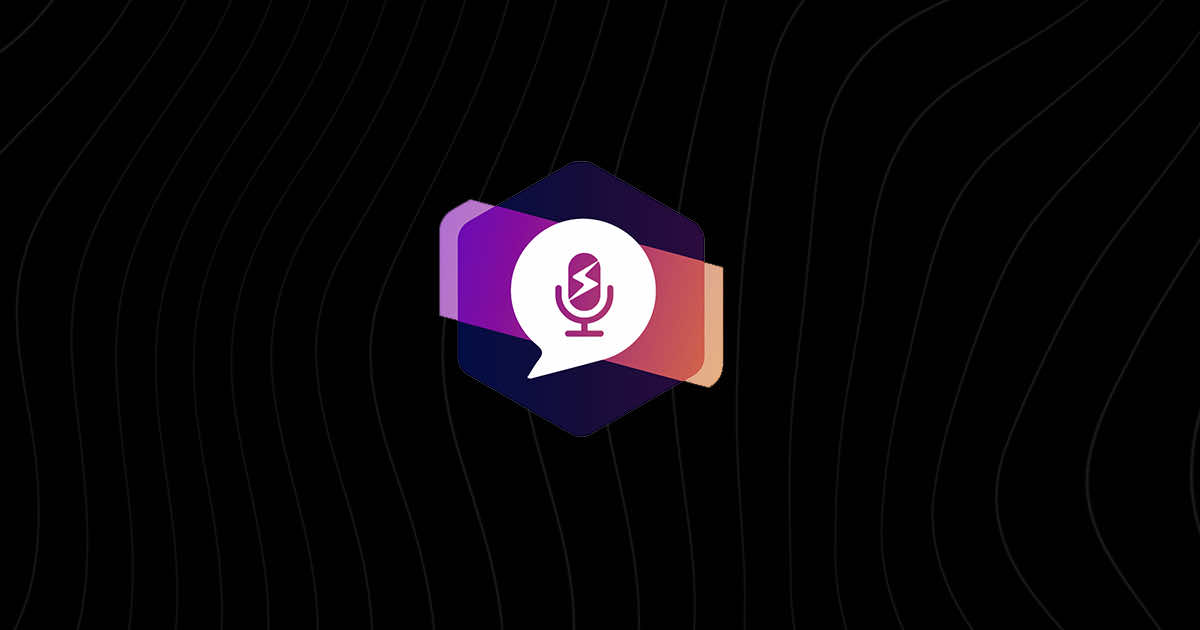
Promoting or recommending a product is commonly seen all over the internet, particularly on social media or bloggers pages. Influencer Marketing has become one of the top ways that companies and brands generate interest in their products and services.
This form of marketing can work wonders for both businesses and potential influencers. Businesses get exposure by those who have already built up a fan-base. Influencers then either receive monetary payments for their promoting or they receive free products from the business that hired them.
Influencer marketing is believed to have started around 1760 when a tea set was made for the Queen of England. This allowed the company to market its products as being royally approved, which increased the demand. It was because of this that Wedgewood pottery and china became a household name that became a staple in upper-class households.
Other than this, one of the earliest influencers would have been Nancy Green in 1890. She was hired to become the face of Party Pancakes, as the character Aunt Jemima. Not only did she make the mix more unique than her competitors, but she also became the first African American model to appear in such a role, paving the way for future generations.
Influencer marketing also has the potential to go viral, where it will be seen by far more people than initially expected. An example of viral marketing is the 2010 Old Spice adverts, featuring former NFL star Isaiah Mustafa. Within the first day, the advert had over 5.9 million views on YouTube alone. By the end of 2010, sales had increased by 125% and Old Spice was the most popular men’s body wash in the United States, showing proof of how successful influencer marketing can have a positive impact on sales of a brand.
In the present day, influencer marketing is seen across social media, especially on the platform Instagram. One of the most successful and well-known influencers in 2020 is Kylie Jenner. Other than promoting her own brand, Ms Jenner also collaborates with other businesses in the form of sponsored posts. Due to her following, businesses know that getting Kylie Jenner to wear, use, or discuss their product is an easy way of drumming up business. In short, fans and followers may aspire to use a product that has been advocated by their role models. The majority of businesses would probably not be able to afford to use a celebrity for these means, however other bloggers or influencers would also be able to achieve marketing goals, albeit on a smaller scale.
Incorporating influencer marketing alongside promotional codes can also drum up sales quickly, particularly if there is a designated expiry date on the code. Making sales time-gated means that fans and followers will need to be quick to make a purchase. This method can be especially successful if the influencer is a role model that people aspire to be more like, rather than simply a named figure.
It is expected that, in the coming years, the usage of influencer marketing will increase as a means of advertising and promoting products.


